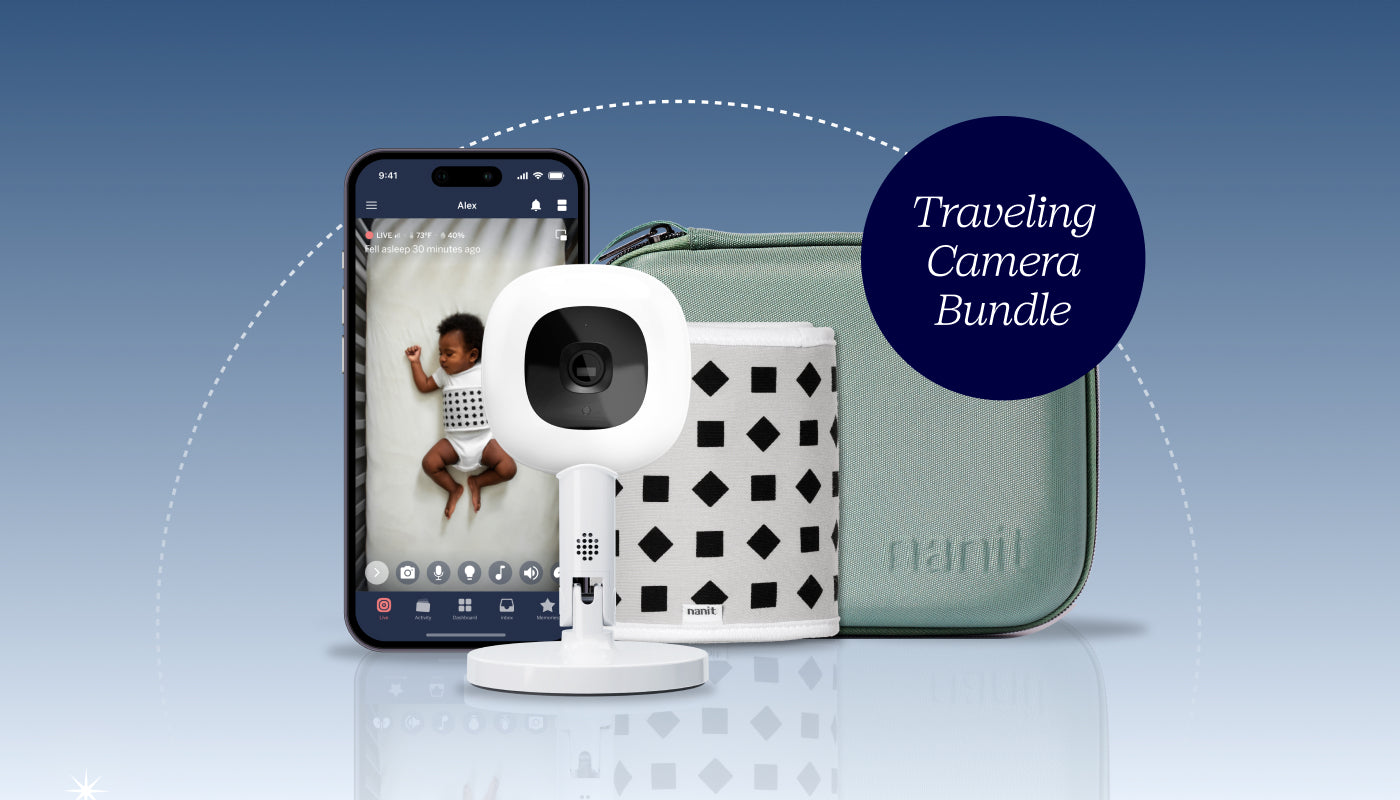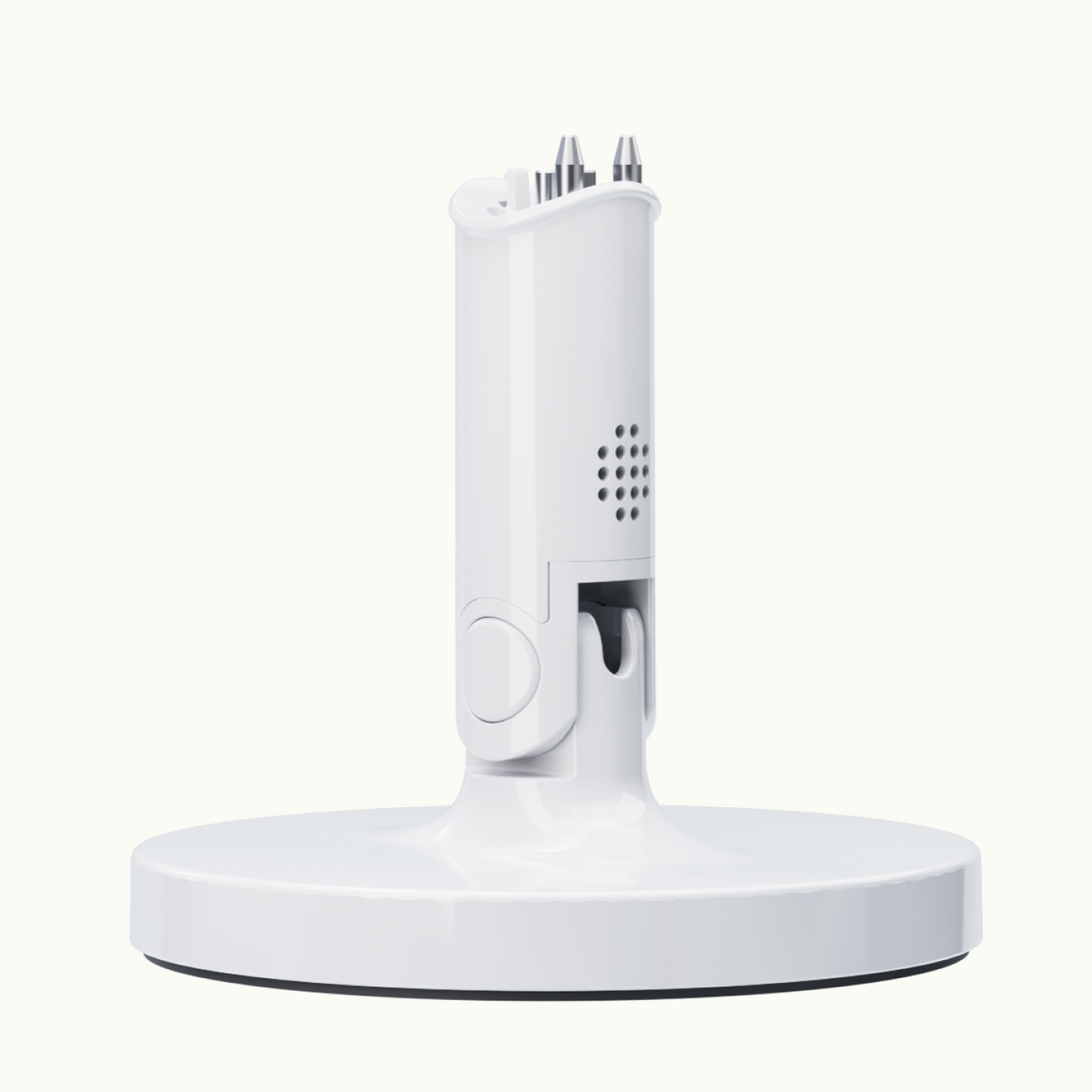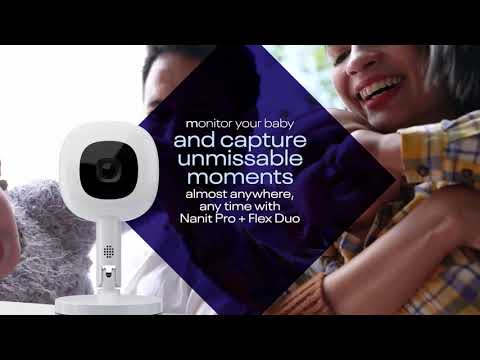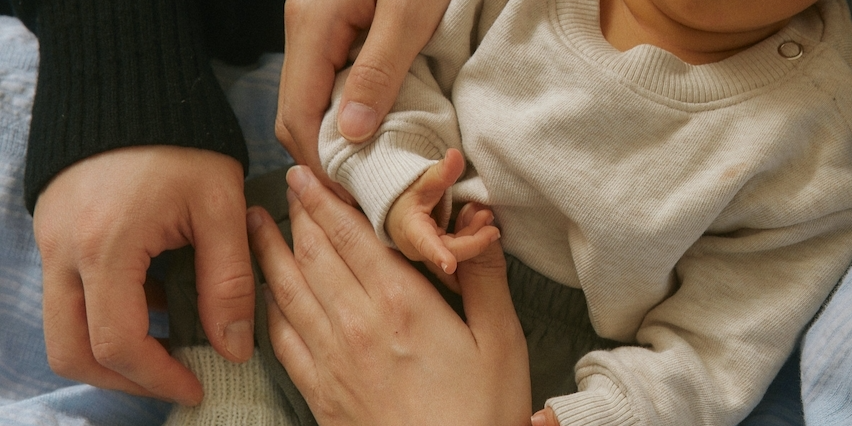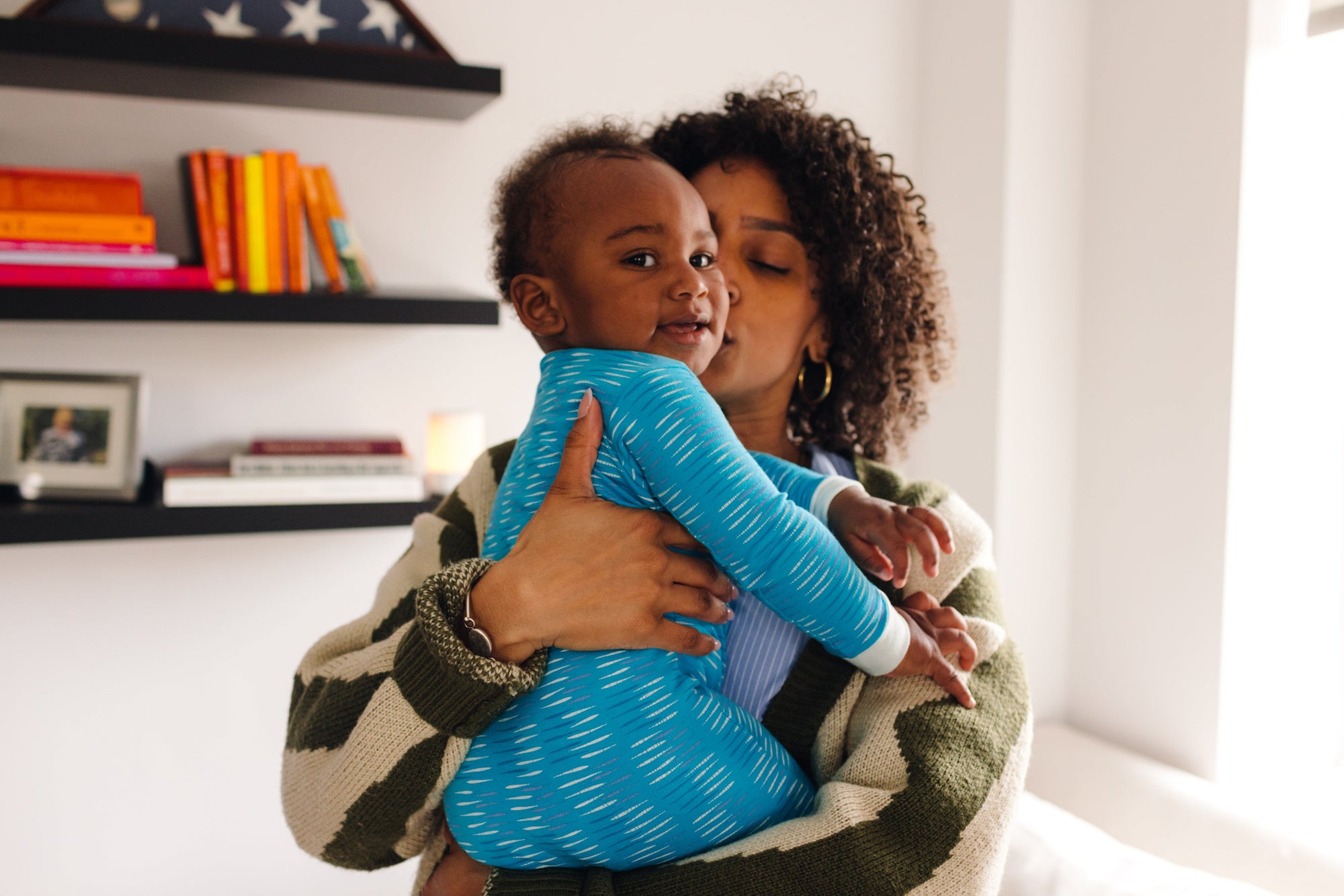After a day of quality time with your baby, it’s time to get them ready to sleep. You’ve got their room quiet and cozy. Now the big question is, what should your baby wear to bed? Where you live and the weather will certainly impact this decision, but their age affects what sleepwear works best for them as well.
Here are our tips on how to dress baby for sleep, so everyone in the household can rest safe and sound.
The importance of proper sleepwear for babies
Part of creating the perfect setting for safe sleeping is how you dress your baby for bedtime. The American Academy of Pediatrics (AAP) recommends a sleeping environment free of loose blankets or other objects like stuffed animals. It’s also important to keep baby cool, with a moderate room temperature to avoid overheating.
Appropriate sleepwear keeps your baby comfy, while also making sure their body temperature is regulated. The main goal is keeping your baby comfortable and safe, so they—and you—can get a good night’s rest.
What is the recommended sleepwear for babies?
As with baby’s swaddle, good sleepwear should be snug enough to be secure without being restrictive. This is industry standard for fire safety reasons. If your baby has graduated to a sleep sack or wearable blanket, the right fit can ensure this garment doesn’t accidentally cover baby’s head or face. The specific kind of baby sleep wear will depend on things like season and location, but it’s always a good idea to prioritize natural, breathable materials that are gentle on baby’s delicate skin.
Do babies need to wear clothing to sleep?
Your baby’s bedtime ensemble depends on the temperature of your environment, but you’ll still want to dress them in something appropriate for bed year-round. After all, bathing and dressing your bundle of joy can help them feel soothed, which is important for helping settling down for sleep. If it’s the hottest days of summer, opt for one light layer, such as a diaper with a lightweight swaddle or short-sleeved bodysuit. And on cold nights, additional layers like a long-sleeved onesie with a cozy swaddle or sleepsack can keep your baby warm through the night.
Dressing baby for sleep
What your baby wears to sleep will change as they grow. Here’s what to consider when dressing your baby at each developmental stage.
Dressing for sleep: Newborn to 3 months
When dressing baby for bedtime, the AAP says to add no more than one extra layer to what an adult would be comfortable wearing to sleep. For instance, if it’s a sweltering night when you’d prefer shorts and a fave tee, baby would benefit with lightweight cotton onesie and perhaps a breathable layer such as a sleepsack.
During their earliest days, you may also be swaddling your baby when it’s time to sleep. The gentle wrap can be a great tool for keeping baby calm, as it mimics the feeling of being secure in the womb. And the more calm your baby is, the more likely they are to fall and stay asleep. Dress your baby in either a short or long-sleeve onesie, whichever is most appropriate for your climate. Then swaddle baby so they can bend their legs without the swaddle coming loose.
Setting your baby down in the right position is just as important as dressing them correctly. Always place a swaddled baby on their back. Many infants are ready to transition from swaddling at three months, but it may happen as soon as two months. Watch for signs that your baby is ready to roll over—that’s when it’s time to give up swaddling and move on to other options.
Dressing for sleep: 3 to 6 months
At this point, your baby has said goodbye to full swaddling. Since you still want to keep your baby’s crib blanket-free, you can transition to a sleepsack or wearable blanket to keep them warm. This will help your baby feel snug and secure, but with some additional freedom to move. Unlike a traditional swaddle, a wearable blanket may have the option to keep baby’s arms free to move. Some swaddles have a transitional arms-out option to extend their lifecycle.
Follow the same guidelines for placing your baby on their back as you would during the newborn stage, and make sure nothing covers baby’s face. And of course, be mindful of environmental temperature and dress your baby to prevent overheating.
Dressing for sleep: 6 months to 1 year
Sleepwear guidelines don’t change a lot at this point. The main thing is maintaining the right temperature and sleep position, and making sure their sleepwear still fits correctly. Just like baby clothes, sleepsacks are sized by weight and age, so size up when they outgrow any sleep clothes. Until your baby reaches their first birthday, the AAP recommends they stay flat on their backs during sleep.
Common oversights parents make when dressing babies for sleep
Sometimes there’s a learning curve with dressing your baby. Here are some things parents should look for to establish a healthy sleep routine:
-
Consider size in addition to age when choosing sleepwear. Every baby is unique, and their actual size may be different from sleepwear marked for their age. Prioritize baby’s weight when shopping for sleepwear to ensure a perfect fit.
-
Avoid accessorizing when you don’t need to. Baby hats may be adorable, but they can interrupt the important temperature control that happens when heat is released from their head. The AAP recommends avoiding head coverings while sleeping to prevent overheating.
- Prioritize function over fashion. User-friendly sleepwear is the way to go. Easy-to-use two-way zipperscan make a world of difference for parents if baby needs a late-night diaper change. And it’s always a good idea to make sure that all closures on a baby’s outfit are nice and secure. Prioritize sleepwear that will keep baby safe, and avoid outfits with features like string ties that could be a choking hazard.
How to dress your baby for sleep based on temperature
When dressing your baby, you can adjust for environmental temperature by choosing weather-appropriate materials when layering for bedtime. For instance, a winter time fleece sleepsack should be swapped in the summer for something lightweight.
One way you can get a sense of how warm your baby will be in a piece of bedtime clothing is to look out for the TOG, or the thermal overall grade. This rating system measures fabric insulation, so you can estimate how warm your baby might get in that sleepwear. It also helps to read reviews and see which clothing brands are known for combating moisture. As you probably experience yourself, pajamas that wick away sweat help immensely with temperature control.
What temp should a baby's room be at night?
Expert opinions can vary when it comes to determining the right number for the thermostat for optimal baby sleep. The AAP’s guidelines note that they can’t recommend one specific temperature that always applies. But of course, it helps to have some criteria as a starting point.
Some studies have suggested that an optimal baby’s room temperature is somewhere between 68 and 72 degrees Fahrenheit. Try this range, and be mindful of any signs of overheating, such as sweating, flushed cheeks, or if baby’s chest is warm to touch.
How sleepwear can enhance baby's sleep quality
You probably sleep better when you’re wearing your most comfy pajamas—and it’s no different for your baby. A nice, soft sleepwear outfit can easily become a positive sleep association, which is key for establishing effective bedtime routines.
There are also some features on baby sleepwear that go the extra mile in making sure your child gets the best sleep possible. For instance, Nanit’s Sleep Wear collection is designed to soothe baby with soft materials, and comfort parents with helpful insights. Nanit’s Breathing Wear monitors baby’s breathing patterns, logging how many breaths your baby takes per minute. With real-time alerts when your baby needs you, this powerful knowledge can help parents rest easy, too.
Mastering baby sleepwear with Nanit
Well-made sleepwear can make a big difference in baby’s sleep quality. Dress your baby according to the season, as well as baby’s age and size, so they have all they need for a safe, comfortable sleep. And if you want to track your baby’s sleeping patterns, so you can work toward a consistent sleeping routine, Nanit Sleep Wear is here to support your family.
